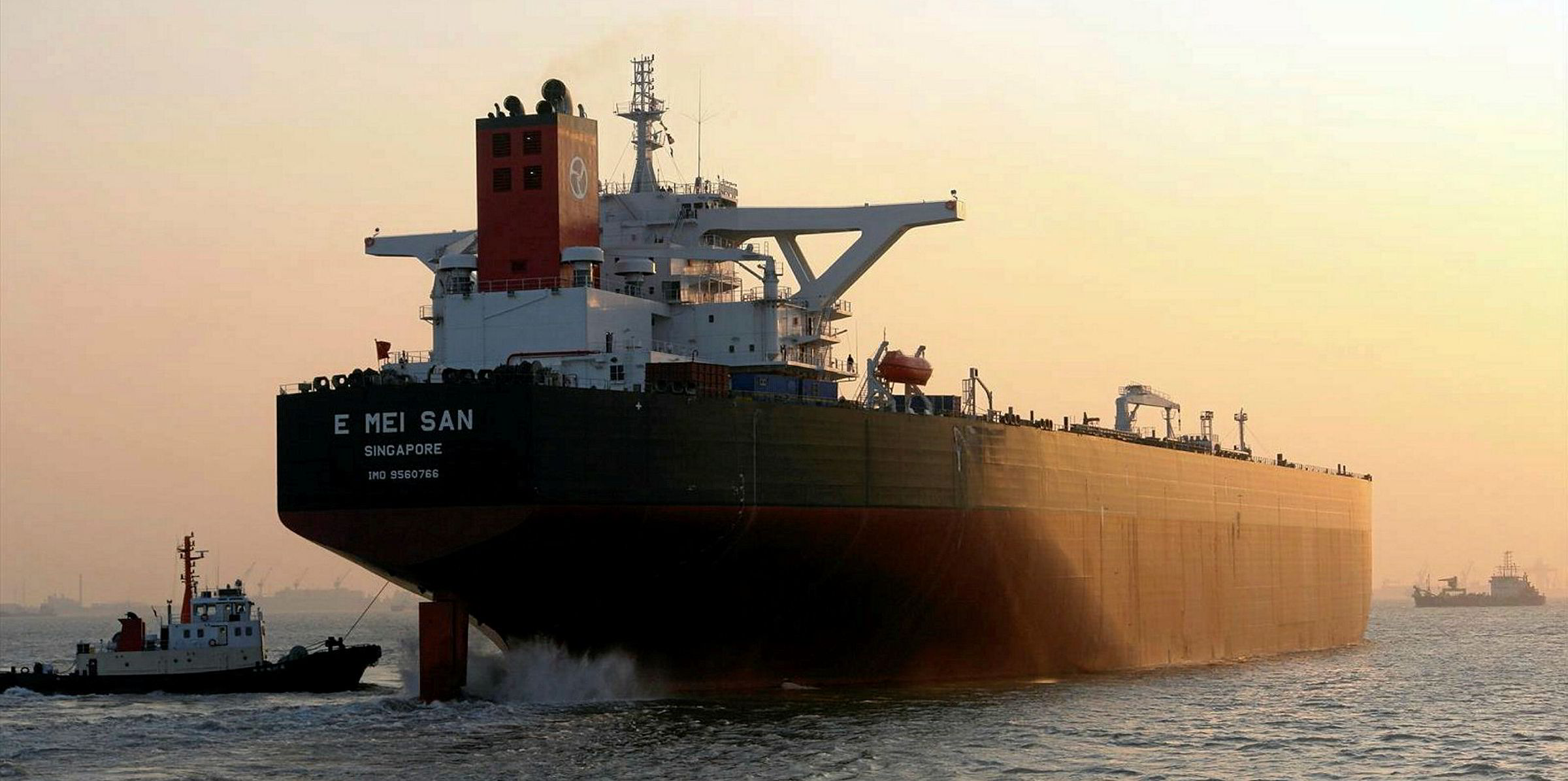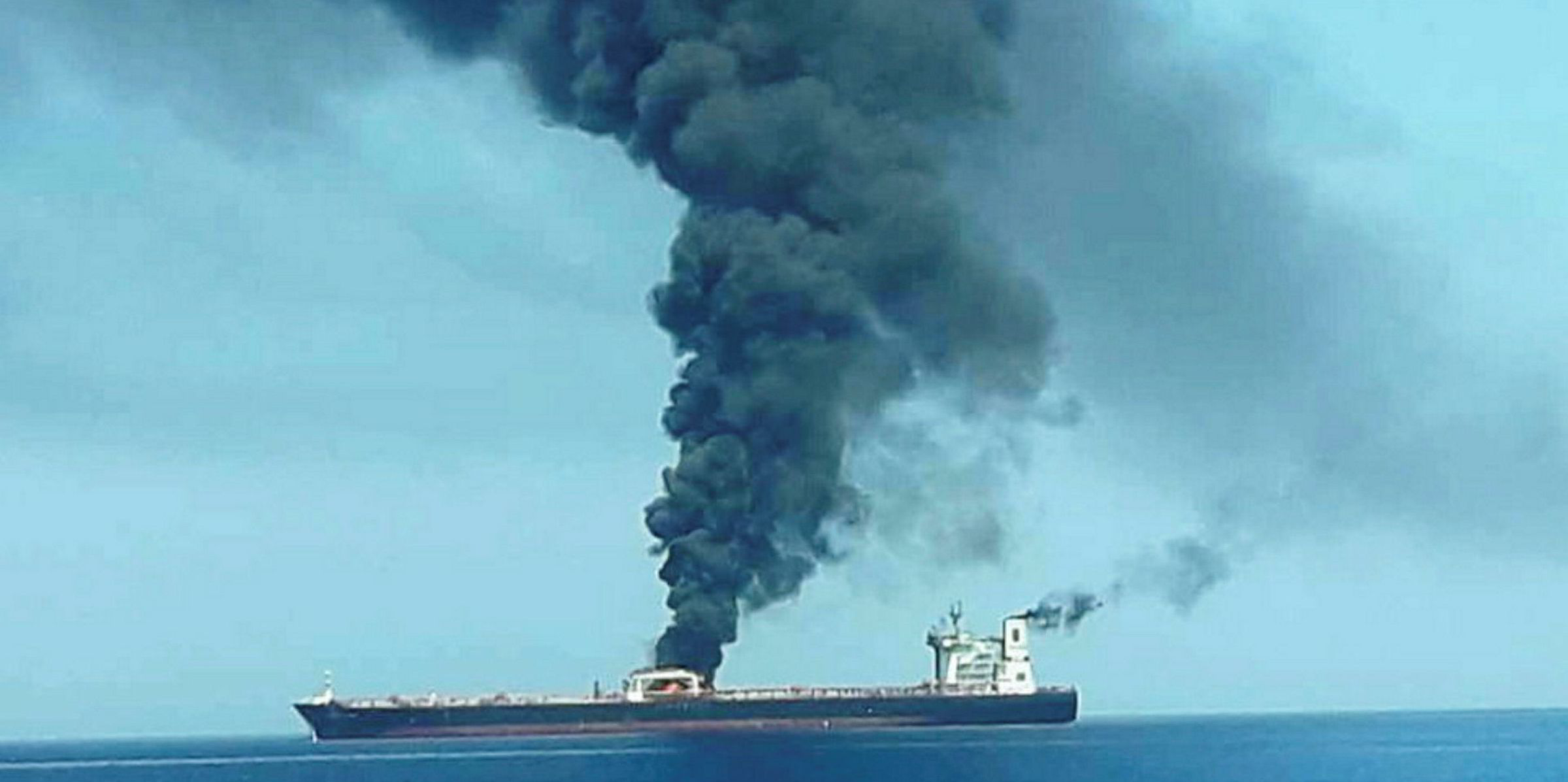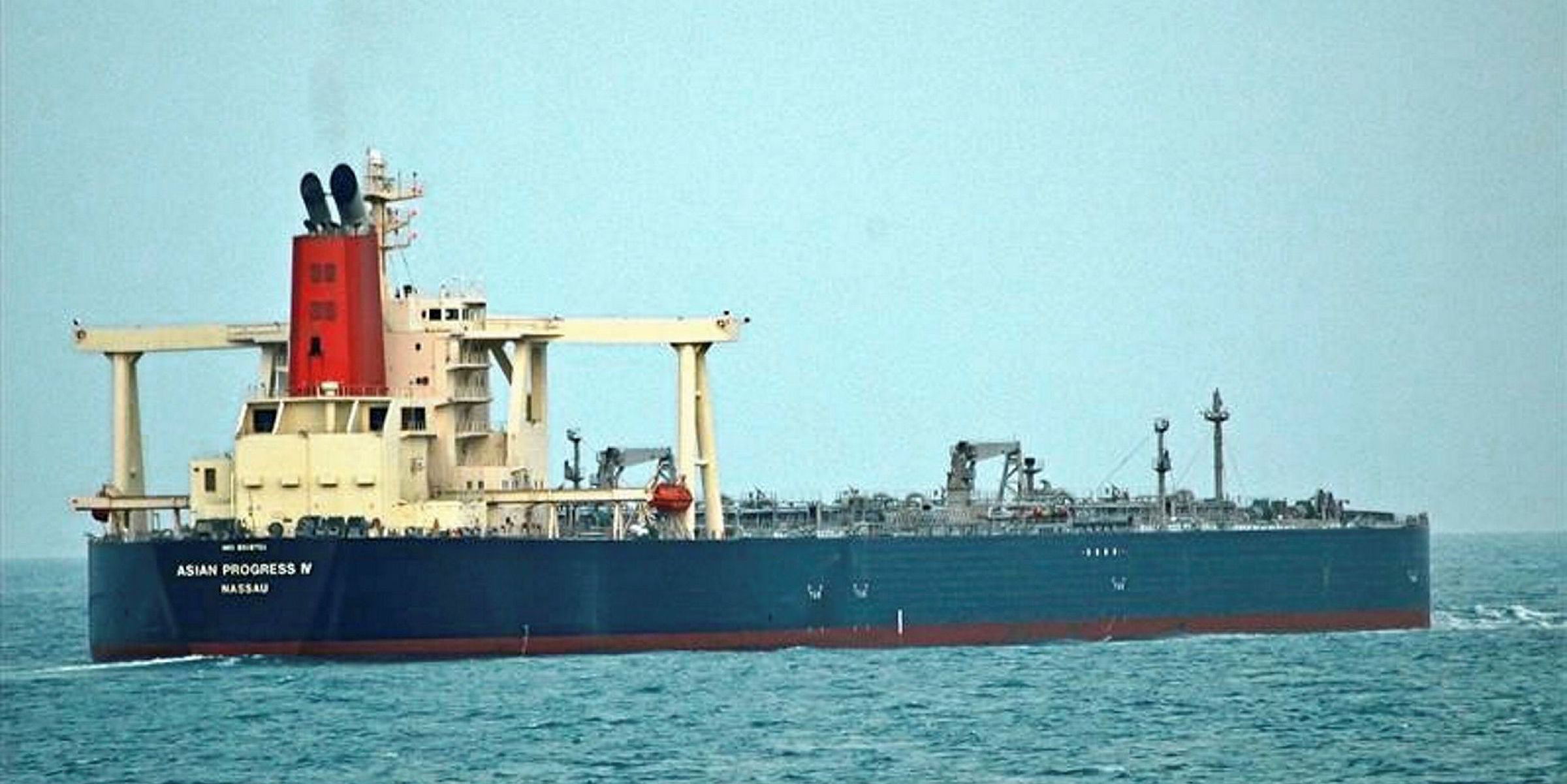VLCC rates in the Middle East Gulf have increased to their highest since March as charterers are returning in full drive for their early-July loading programmes.
While charter activity was halted for several trading sessions following two tanker attacks on 13 June, a total of 18 VLCC have been fixed in the region for voyages to India and East Asia since Tuesday, according to Bloomberg data. Some of them are understood to be under provisional booking.
The highest rate was achieved by Ocean Tankers’ 318,000-dwt E Mei San (built 2010), tentatively fixed by Unipec to lift crude from Middle East on 1 July for a shipment to China at Worldscale 52 on Thursday.
Ocean Tankers and Unipec’s parent Sinopec have yet to respond to emails seeking comment.
In comparison, some VLCCs constructed in the early 2000s were fixed at about WS 45.
Still, there has been a significant rate hike since last week. The 319,100-dwt Athenian Freedom had been reportedly fixed at WS 37 right before last Thursday’s attacks in the Gulf of Omen.
One reason behind the rate increase was surging Additional War Risk Premiums (AWRPs), which Tanker International suggested shipowners have been able to pass on to charterers.
In terms of time charter equivalent earnings, Clarksons Platou Securities also said daily earnings rose to $28,500 on Friday from $13,600 on 12 June.
Aside from higher insurance costs, some analysts have attributed the market strength to owners' efforts in limiting exposure to Middle East trade.
However, echoing what TradeWinds reported, Alphatanker said: “For now at least, all tanker owners are willing to call at Middle Eastern ports.”
Among other crude tanker segments, suezmax earnings have corrected down to $21,500 per day from $25,100 a week earlier, according to Clarksons Platou.
Fortunes diverge
While AWRPs are imposed on all vessels trading in the Middle East, freight rates have only increased in those marketers where supply-demand fundamentals are perceived to be tight.
On the Baltic Exchange, VLGC rates for Middle East-Japan route have risen to nearly $80 per tonne, the highest since October 2015.
However, freight rates and daily TCE earnings of LR product tankers have been largely stable since the tanker attacks.
This is despite that Front Altair (built 2016), one of the two tankers attacked on 13 June, was an LR2 product tanker.
“The unchanged rates for oil product tankers compared with the jump in freight rates for crude oil tankers illustrate the differences between the two markets as well as the effects of sentiment on crude oil freight rates,” BIMCO’s chief shipping analyst Peter Sand said.







